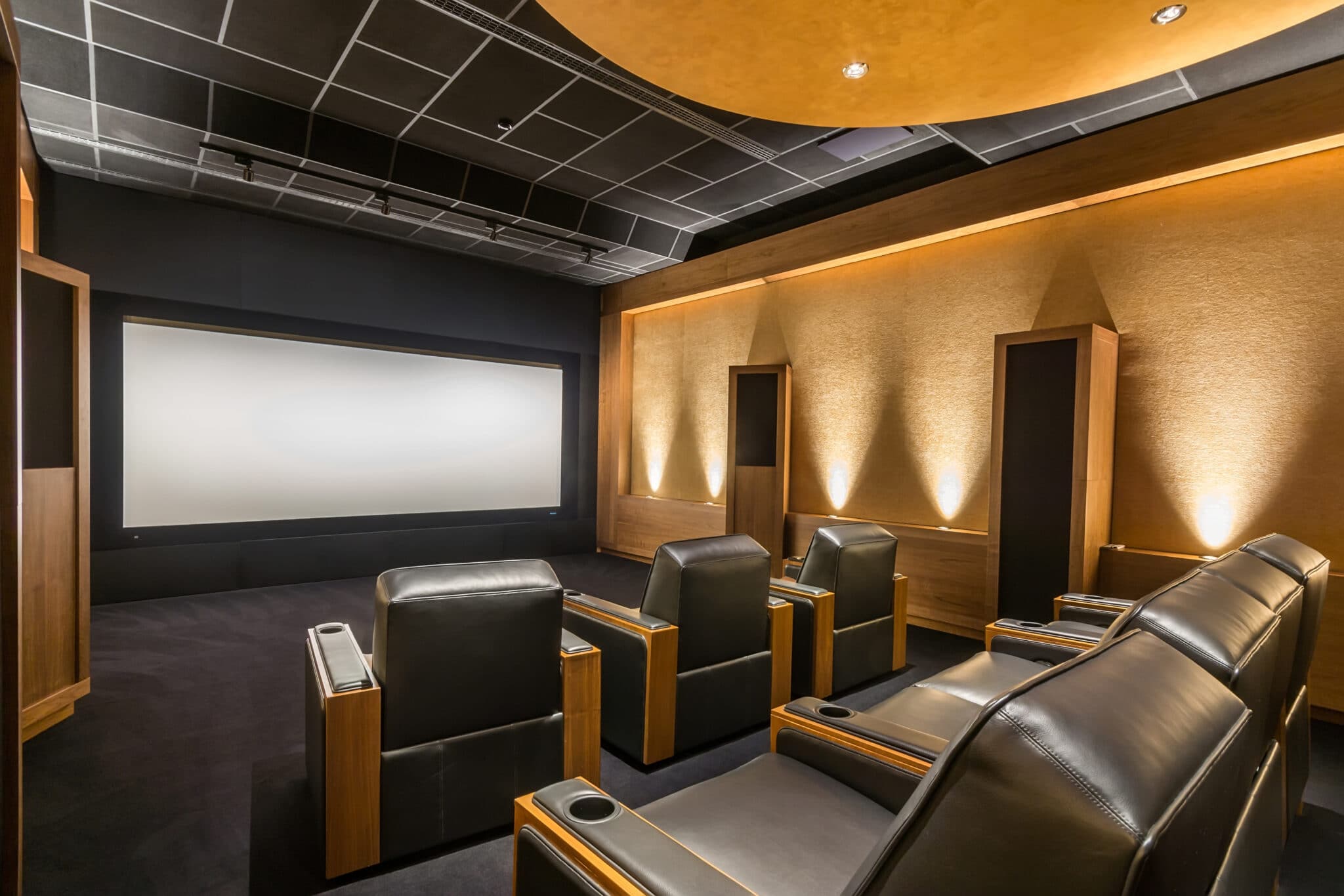Wiring Your Home Theater System: DIY or Hire a Pro?
Wiring is the backbone of any home theater system. Whether you’re setting up a basic soundbar and TV combo or a full-blown surround sound setup with in-wall speakers, projectors, and lighting automation, the quality and accuracy of your wiring determine how well your system functions. Every component—audio, video, power, internet—relies on proper cabling to deliver the seamless entertainment experience you expect. The big question for most homeowners, however, is whether to tackle wiring as a DIY project or hire a professional installer. Both approaches come with advantages and limitations, and the best option often depends on your technical knowledge, project complexity, and budget.
Complexity of the Home Theater Setup
The more advanced your home theater system is, the more complex the wiring becomes. A basic setup involving a TV, a streaming device, and a soundbar may only require a few HDMI and power cables. In these cases, DIY is usually straightforward and cost-effective. However, once you start integrating surround sound systems, multiple AV sources, projectors, in-wall or in-ceiling speakers, and smart home features, the wiring needs grow exponentially.
Complex systems often require careful planning of cable routes, power requirements, wire labeling, and audio calibration. Incorrect or poorly routed wiring can result in degraded signal quality, audio delays, or connectivity issues. Professionals theater installation typically use structured wiring plans, ensuring future expandability and compliance with safety codes. For homeowners attempting advanced systems on their own, even minor mistakes can become costly to fix later.
Cost Considerations
Cost plays a significant role when deciding between DIY wiring and hiring a professional. Going the DIY route can save hundreds or even thousands of dollars in labor costs, especially if you’re handy and already have the necessary tools. Cable, connectors, and mounting hardware are widely available at affordable prices through hardware stores and online retailers.
On the other hand, hiring a professional adds installation fees but also brings peace of mind. Installers bring specialized tools, experience, and access to professional-grade materials. They can handle hidden wiring, wall fishing, and running cable through attics or crawl spaces safely and efficiently. While the upfront cost may be higher, the investment could pay off by avoiding future troubleshooting or rework. Many professional AV installers also offer service warranties, which can be valuable for long-term reliability.
Tools, Skills, and Time Commitment
Wiring a home theater system isn’t just about running cables from point A to point B. It involves measuring cable lengths, drilling through studs, labeling connections, concealing wires, and ensuring clean terminations. For a simple layout, a stud finder, drill, fish tape, cable ties, and basic cable connectors might suffice. More advanced setups require multimeters, crimpers, wall plates, and knowledge of low-voltage wiring codes.
DIYers need to be comfortable using tools and navigating wall cavities without damaging drywall, plumbing, or electrical lines. Mistakes during installation could result in cable damage, electrical interference, or poor audio/video performance. Additionally, the time commitment should not be underestimated. A task that might take a professional a few hours could stretch into several weekends for an inexperienced homeowner. Assessing your own skill level realistically helps in determining whether DIY is a smart choice or if it might lead to frustration and additional costs.
Aesthetics and Wire Management
One of the key goals in any home theater setup is a clean and professional appearance. Tangled wires, visible speaker cables, and exposed power cords can quickly ruin the ambiance, no matter how great the equipment is. DIY installations sometimes fall short when it comes to wire concealment and finishing work. Running cables through walls or ceilings can be messy, and without proper tools or techniques, the result may look unpolished or even unsafe.
Professionals excel at maintaining visual harmony. They use in-wall rated cables, conceal wire paths, install flush-mounted wall plates, and neatly terminate all connections. Additionally, they plan cable runs to avoid electrical interference and future service obstacles. Clean wiring doesn’t just look better—it improves safety and accessibility. For homeowners who prioritize aesthetics, hiring a professional may be the most practical choice, especially in high-traffic or shared spaces.
Future-Proofing and Upgradability
Wiring your system with future needs in mind ensures you won’t have to rip open walls or replace outdated connections a few years down the road. Whether it’s preparing for 8K video signals, immersive audio systems like Dolby Atmos, or smart home integration, forward-thinking cable planning adds long-term value. It’s easy to overlook future compatibility when installing cables yourself, especially if you’re focused on short-term functionality.
Professionals often install conduit or raceways that allow for cable upgrades without opening walls. They also ensure wiring paths accommodate additional speakers, networked devices, or control systems that may be added later. Even if you’re not using every cable right now, pulling extra wire during the initial installation can save significant time and expense later. DIY installers can certainly plan for expansion, but it requires additional research, careful routing, and a deeper understanding of AV trends.
Troubleshooting and System Support
Every system encounters occasional hiccups—loose connections, signal dropouts, or configuration errors. With DIY wiring, the responsibility for diagnosing and fixing issues falls entirely on you. If something goes wrong, it may involve hours of checking connections, replacing cables, or navigating device manuals to identify the problem. For tech-savvy homeowners, this challenge may be part of the fun. For others, it can lead to frustration and wasted time.
Professional installers not only set up the system but often offer post-installation support, including service calls, remote diagnostics, or maintenance contracts. Many also document wiring layouts and label every connection, making future troubleshooting easier. This support can be invaluable in complex systems where issues may involve multiple components or hidden wiring. If convenience and reliability are priorities, having access to expert assistance may justify the initial investment.
Conclusion
Deciding between DIY and professional installation for home theater with New Age Technology MN wiring depends on your comfort level with technology, the complexity of your setup, and your budget. Simple installations can be handled effectively with basic tools and a bit of research, offering a satisfying hands-on experience and financial savings. But as the system becomes more intricate—with wall-mounted displays, in-wall speakers, multi-zone audio, or smart home integration—professional installation can deliver cleaner results, greater reliability, and future readiness.
Ultimately, the choice comes down to your personal priorities: cost versus convenience, control versus expertise. A DIY project may be a great option for a tech enthusiast willing to invest the time to learn, plan, and execute the wiring correctly. Hiring a pro, however, guarantees a polished finish and long-term performance, especially for homeowners who want the job done quickly and seamlessly. Either route can result in a fantastic home theater—what matters most is that the wiring supports the performance and enjoyment you expect.




Post Comment